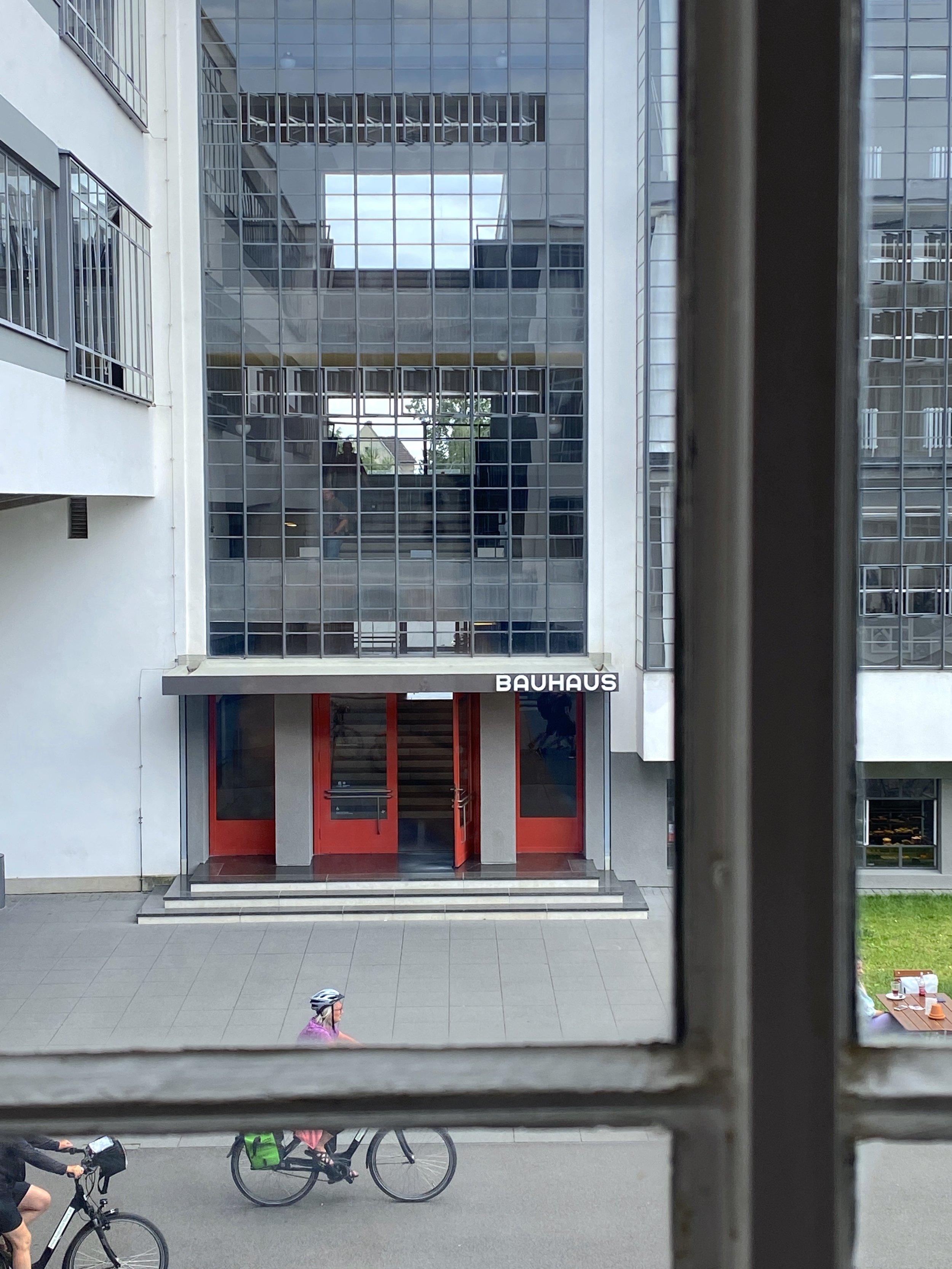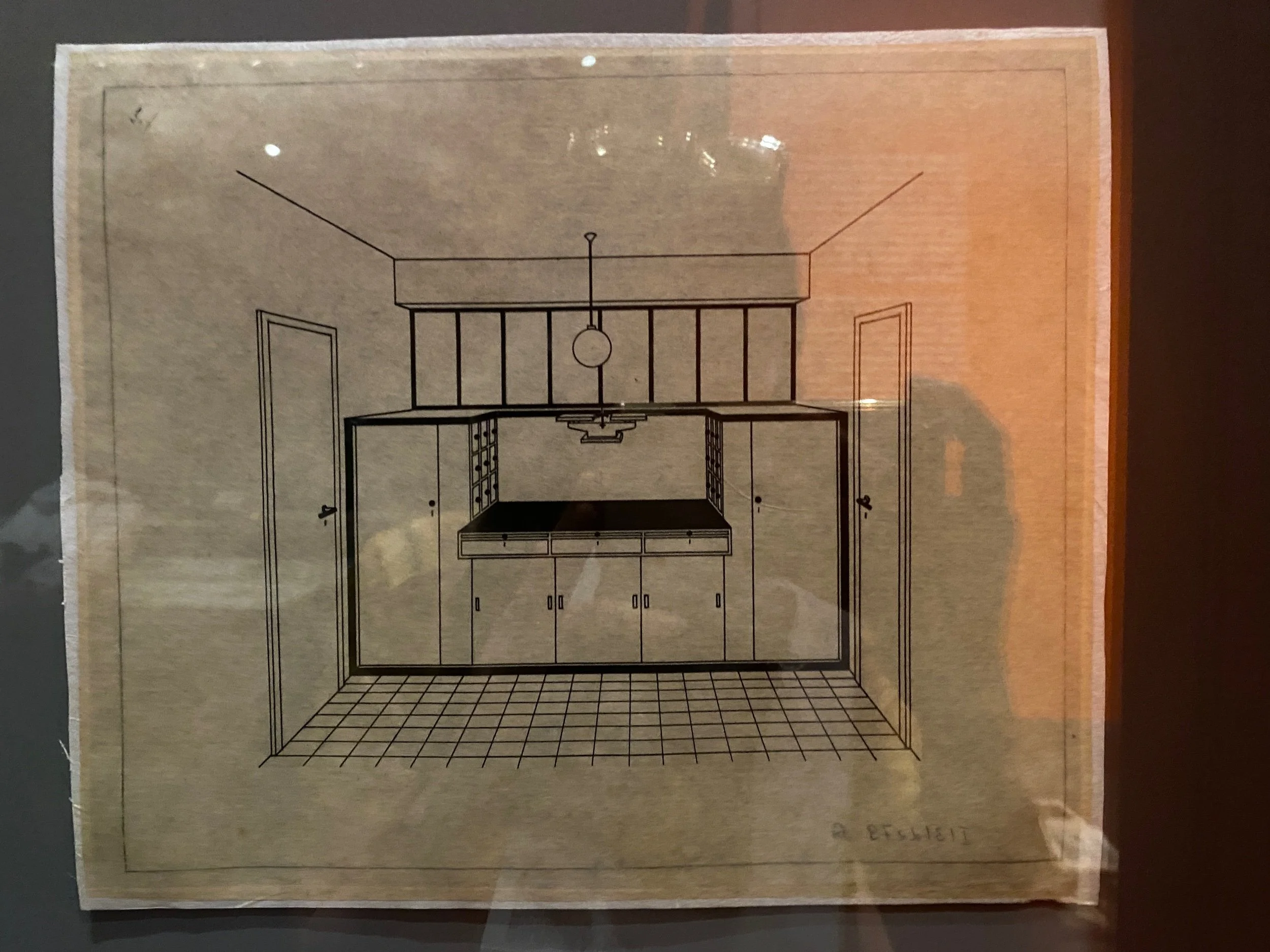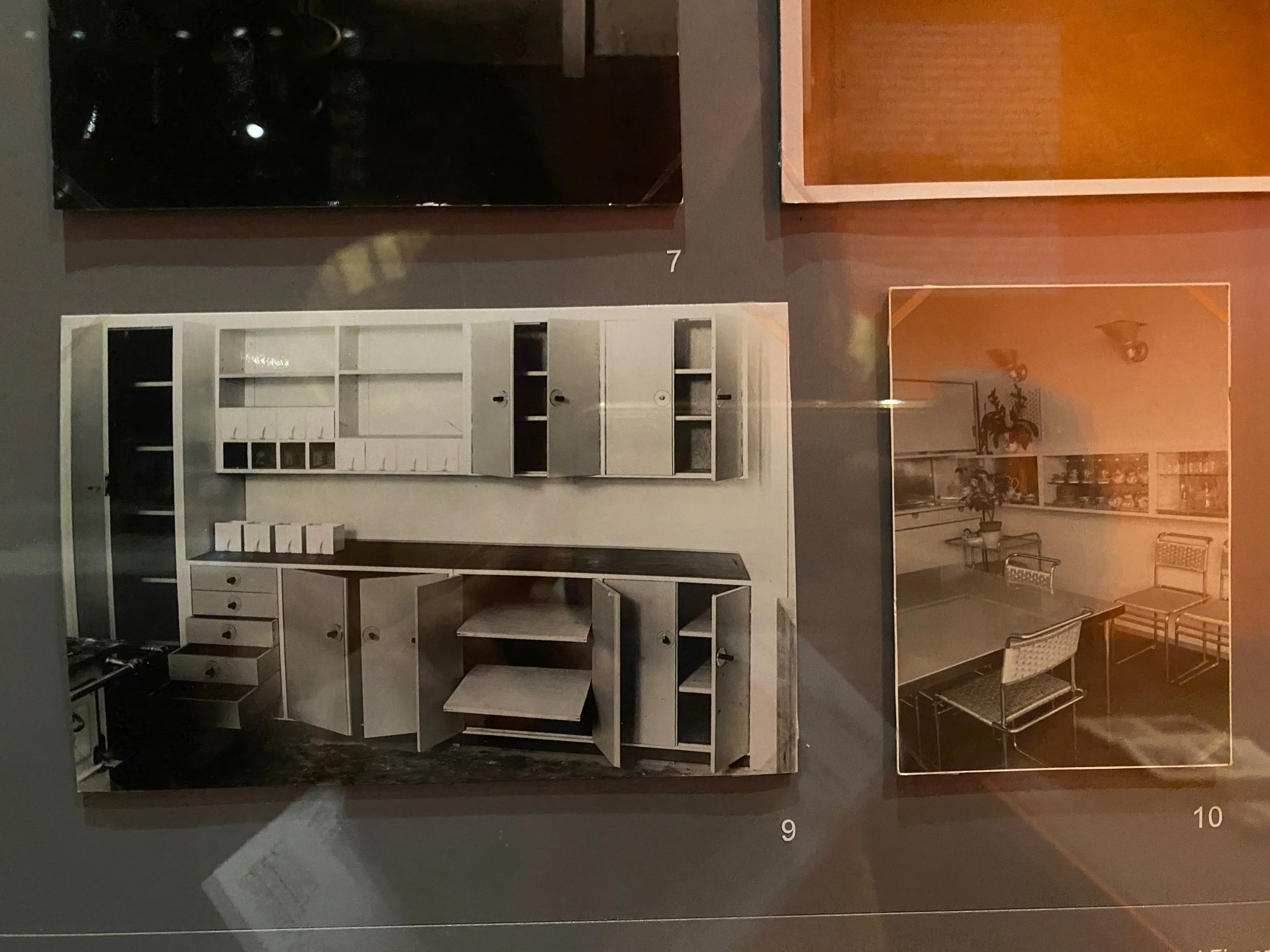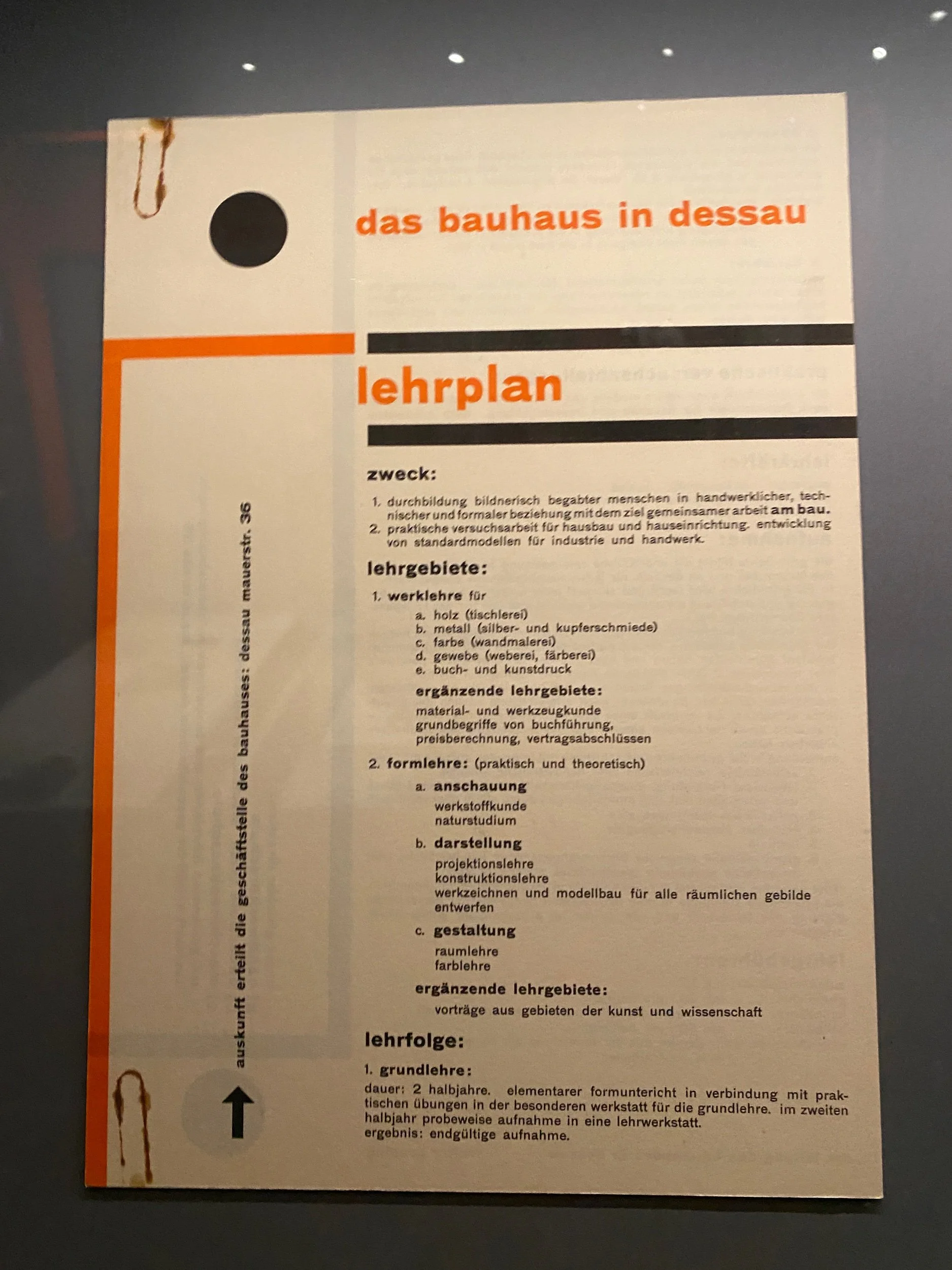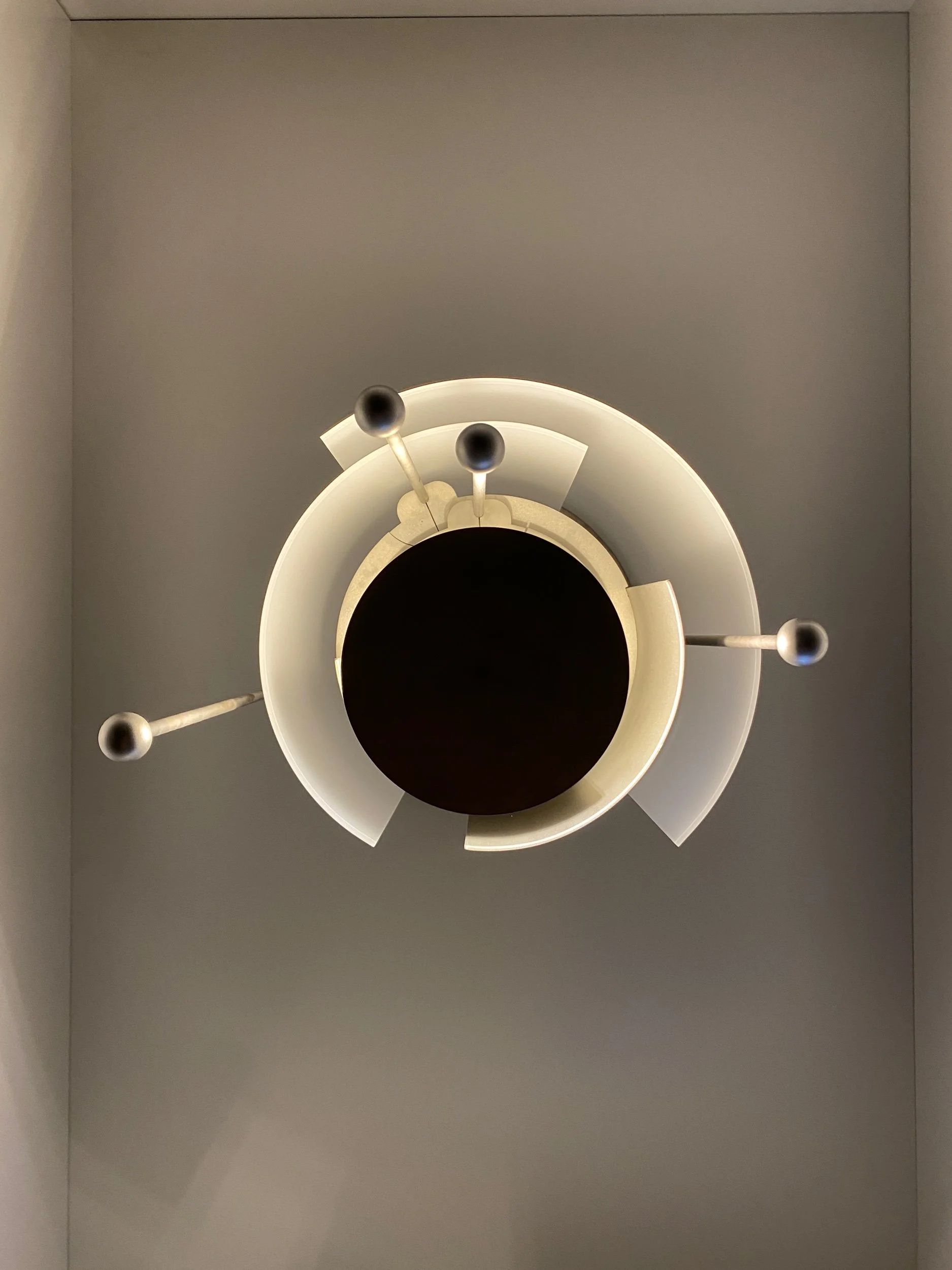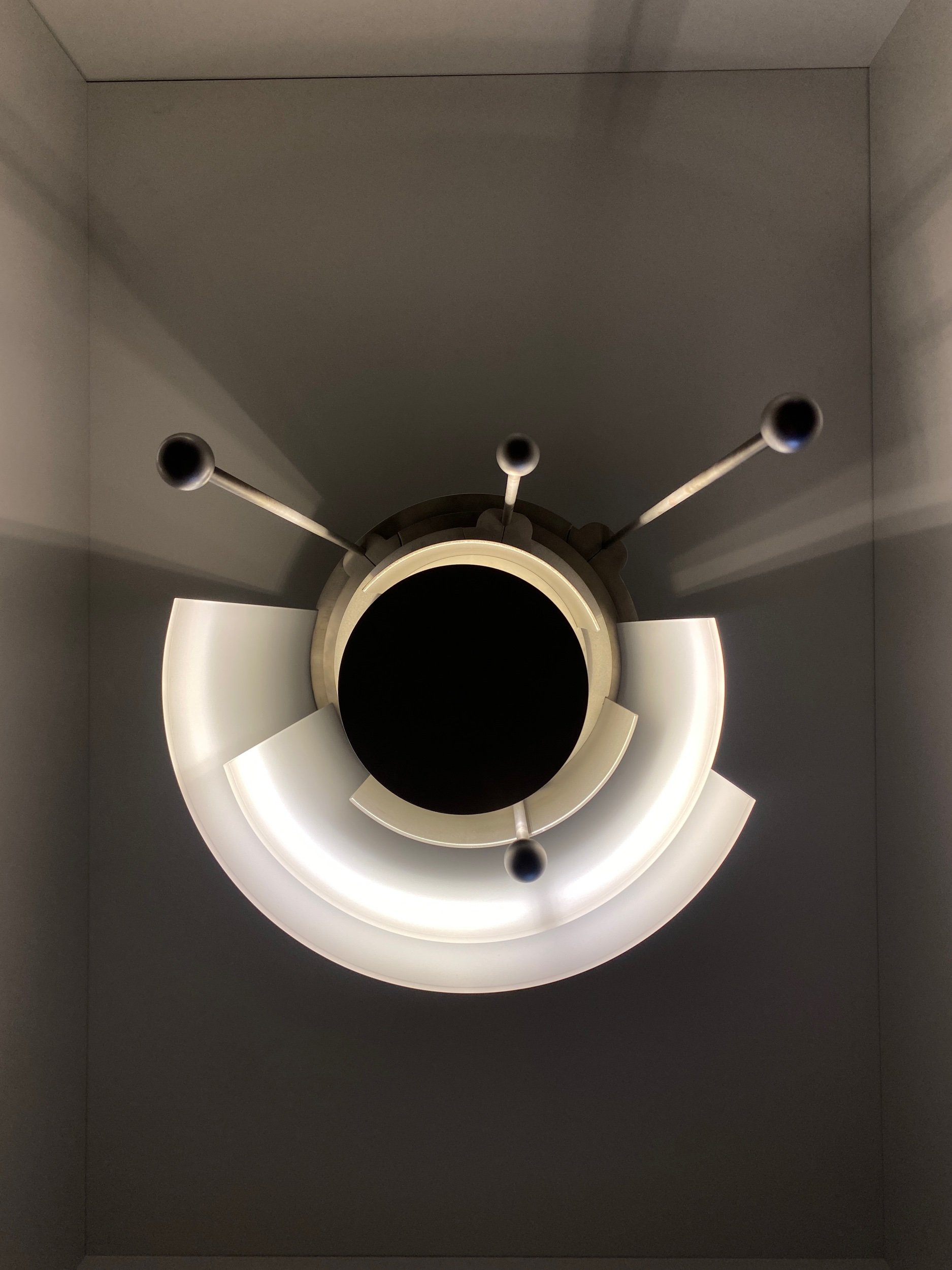Bauhaus Dessau
When you hear of Bauhaus, one may envision geometric shapes, the triad, or minimal lines and curves. It is a style that is simple, rational, and functional. And well it’s also old.
During my visit to the Bauhaus Foundation in Dessau, I did come across a fascinating idea that Bauhaus is not merely a style; it is a mindset. It is not defined solely by what is visually apparent, but rather by the driving forces that led design to manifest in such a way.
When the school of Bauhaus was established in 1919, initially it pushed towards democratic and transparent design. Consider the redesign of modern kitchens: previously women would cook behind closed doors in a separate room. However, Bauhaus architecture brought the kitchen into the open space of the dining room, allowing her family to witness the labor involved in the cooking process and take part together in the experience. We may not realize it today as most of us were born after its transformation, but at the time it was an essential shift in family dynamics and women’s exposure in society. In a larger, less specific context - Bauhaus enabled not only the wealthy to acquire custom goods and made beautiful and affordable products accessible to a larger population, without compromising functionality and quality.
But like our fast-paced world today, the definition of an idea shifts with our understanding of it.
“It is also a history in which design as a social concern gave way to design as the styling of consumer goods. As the Bauhaus’s influence spread across the world as the pre-eminent global design concept of the postwar era, its history and goals became increasingly watered down, a way to sell gift-shop-ready objects and promote cultural tourism instead of using design to improve the lives of working-class people. This contrast has created a complicated legacy.”
As Walter Gropius aptly stated, "Art and technology: a new unity." Bauhaus, at the time, aimed to look backward to look forward, recognizing that designers must possess a deep understanding of their craft while also embracing the possibilities offered by modern machinery. Bauhaus embodies the idea of continuous evolution, where products emerge as a result of a dialogue between humans’ sensitivity and technology’s ability.
So yes, while I still do very much appreciate the rotary switches and distinguished facades of painted walls; it’s perhaps time to do more than appreciate history and move beyond what is seen to the eye. Instead, we should focus on why, who, how? Like, how can we reimagine the concept of designing democracy in our contemporary world? How can Bauhaus or similar spaces of education become ways to inform our generation to create more than beautiful objects?
Here was a vision of the Bauhaus’s potential beyond consumer society, beyond the rule of markets and private property — one in which collective provision defeats private greed, and in which strangers are made to feel welcome as members of a group.

